Webs
I have started committing fully to the process of, while I am reading a book or into a topic, creating a web of each element that interests me via Clip Studio.
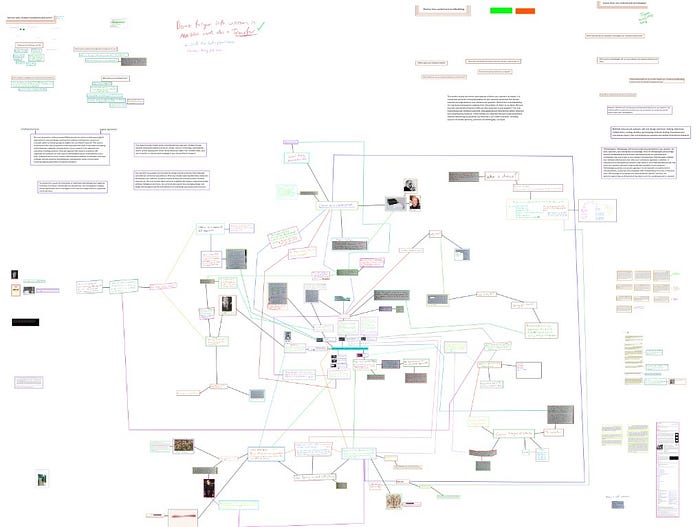
This formed, like many academic practices, as a solution to a problem. I wanted to see which ideas/people/events were linked to each other, and by making the connection, what new ideas emerged. Sort of like doing chemistry in the dark, I would grab two elements on different sides of the spider diagram, and ask the question ‘how are these connected?’.
Sometimes, there is none, or at least none that do not make me come across as someone rambling to themselves on the bus. Though, when there are, its impossible to un-see the connections.
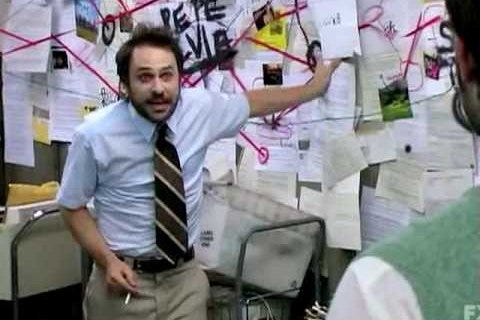
Originally, this process was done with mostly my (digital) notes, with some multimodal elements such as screenshots.
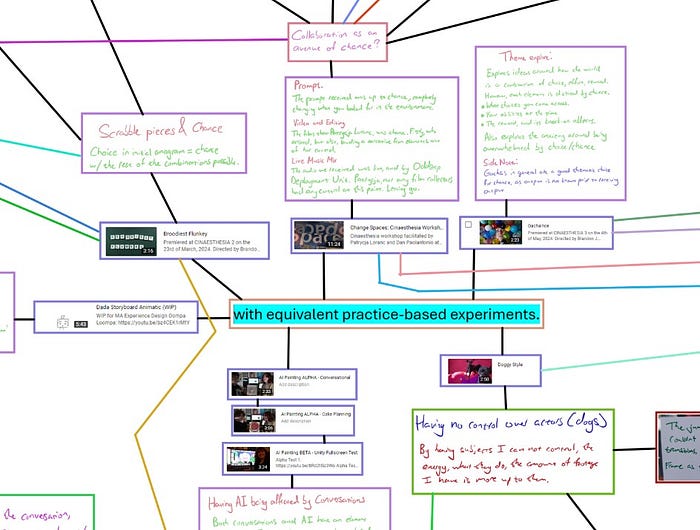
What stopped me from embracing this type of learning method in the past was 2 primary concerns.
- Searchability: with this type of web, there is no ‘ctrl + f’ to quickly find specific words or themes, meaning that for a quick reference it does not do as well as a word document. Though, I have come to learn that this is its strength. By looking at the web, and following its connections, new ideas are continuously forming with each inspection. In a way, it is a living document.
- Finite Space: since these files exist as images, there is a limit to how large they can become. This is due to: the time it takes to save an image causing potential corruptions/crashes, what file types it can be saved as becomes reduced as the file size increases, space between connections becomes too compact. Etc.
There are solutions to the finite space problem, such as using an alternative software that is built for spider diagrams, but that always tends to result in some form of freedom-restriction, e.g. dealing with its method of classing/hierarchy, not having certain mediums allowed.
Also, from an authorship standpoint, using these systems felt less me. Less personal. I want to be able to doodle, be silly, or include images of people and concepts on tangentially related without the entire system feeling off.
Then, something happened to me which had not happened before. I realised, that a lot of my works, from lots of separate university modules and projects, had two shared elements — the theme of chance, and the medium of film. As such, I decided to write a PhD proposal looking into a merging or these 2 domains.
With this, I had to write a 6000 word piece in a short time, so I did not have as much time to prep and make a new web like I normally would. So, I instead looked at all of my previous webs I had made in the past. To my surprise, I was making connections between different webs, and a new meta-web formed. This, in effect, pulled the bandage off of worrying about sticking to one shared web with everything.
When reading around ‘chance’, I had stumbled upon the nouveau réalisme movement. It sounded interesting, so I did something relatively new to me, and I just started a new document looking into the same topic of ‘chance’, but from a different place. Rather than writing out my ideas first, I copied and pasted multiple Wikipedia articles.
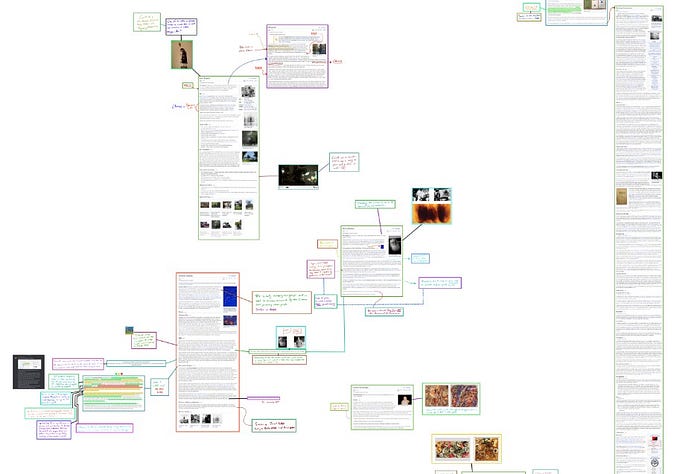
When I read about an artistic work that sounded interesting, I would look it up and paste it in for extended context. Same with locations, publications, etc. It moved more away from word connections, to a type of Dada collage of things.
Now, when it comes to reading a book, I do the same thing as the Wikipedia articles.
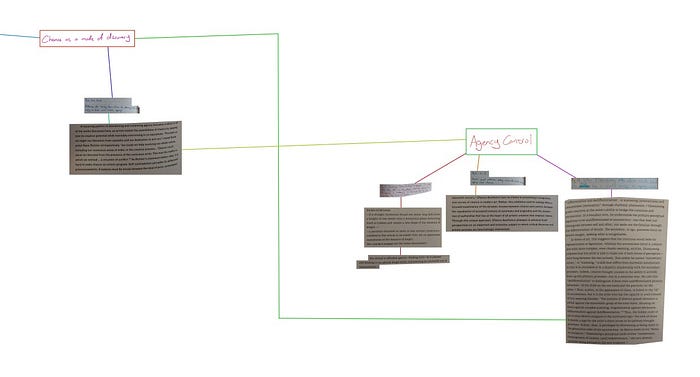
- Read the work
- Create Physical Note
- Insert both ‘the book’ and ‘the physical note’ into digital web.
- Make connections between concepts within web.
- Create digital notes around the nature of the connections, as well as include other image elements where appropriate.
I’m sure this process will evolve further in the future, but I am having a lot of fun with it.
I hope this maybe gave you some ideas of how to manage theme connections. Let me know if you have any thoughts regarding this!
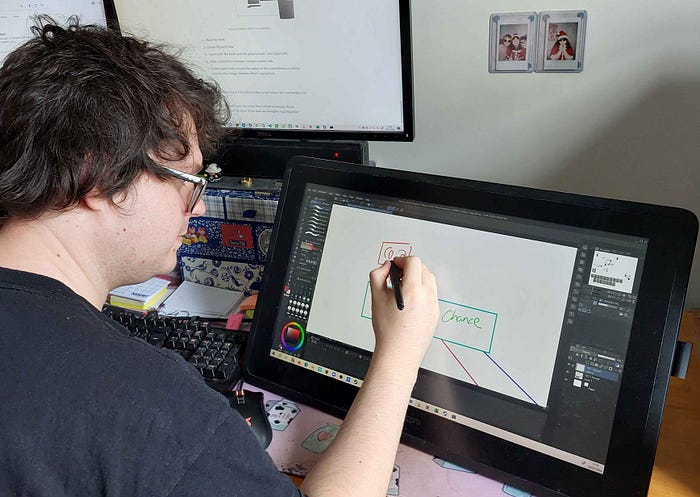
Comments
Post a Comment